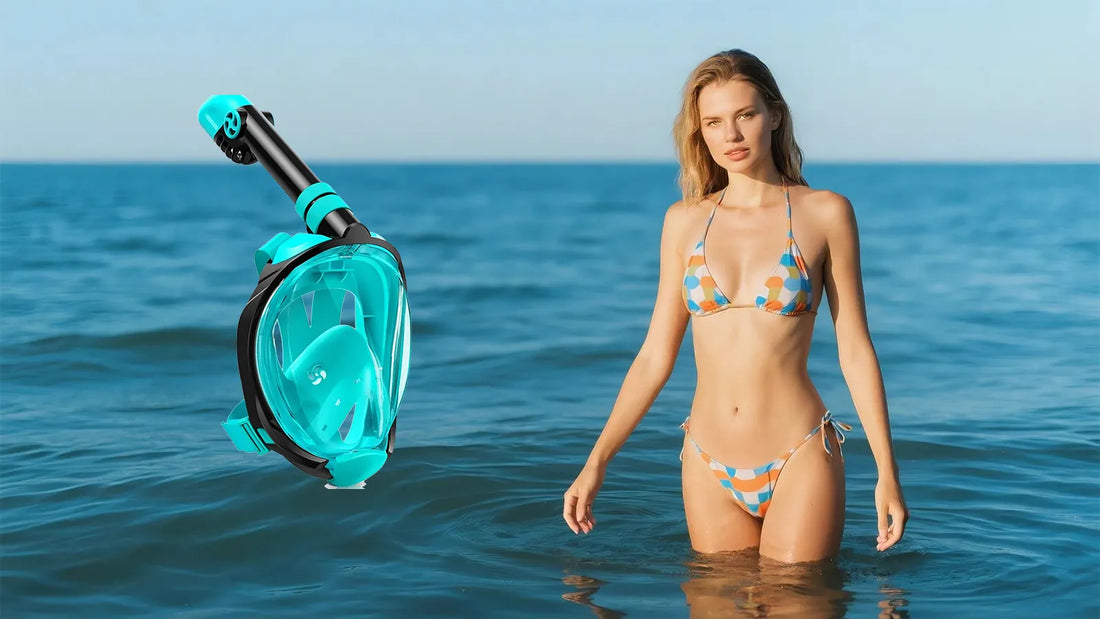Hawaii is a dream destination for many travelers, and snorkeling is one of the most popular activities to enjoy its crystal-clear waters and vibrant marine life. But is it safe to snorkel in Hawaii? The answer is yes, but with some important considerations. This guide will explore the safety aspects of snorkeling in Hawaii, providing you with the knowledge to make informed decisions and enjoy your adventure to the fullest.
Understanding the Basics of Snorkeling Safety
Snorkeling is generally a safe activity, but like any water-based adventure, it comes with its own set of risks. Understanding these risks and how to mitigate them is crucial for a safe experience. First and foremost, always assess your swimming skills. Snorkeling requires basic swimming abilities, and if you're not confident in the water, consider taking a lesson or using a flotation device.
Choosing the Right Location
Hawaii offers a variety of snorkeling spots, each with its own unique characteristics. Some locations are more suitable for beginners, while others are better suited for experienced snorkelers. Research the area you plan to visit and check for any warnings or advisories. Popular spots like Hanauma Bay on Oahu are well-protected and monitored, making them safer for beginners. On the other hand, more remote locations may have stronger currents and fewer lifeguards, so proceed with caution.
Weather and Ocean Conditions
Weather and ocean conditions play a significant role in snorkeling safety. Always check the weather forecast before heading out. Strong winds, high waves, and sudden storms can make snorkeling dangerous. Additionally, be aware of ocean currents and tides. Rip currents can quickly pull you away from the shore, so it's essential to know how to identify and escape them. If conditions seem unfavorable, it's best to postpone your snorkeling plans.
Marine Life Awareness
Hawaii's waters are home to a diverse range of marine life, including colorful fish, sea turtles, and coral reefs. While most marine creatures are harmless, some can pose risks. Avoid touching or disturbing marine life, as this can harm both you and the animals. Be particularly cautious around coral reefs, as they are fragile and can cause cuts or scrapes if touched. Additionally, be aware of potential hazards like jellyfish and sea urchins, and know how to respond if you encounter them.
Equipment and Preparation
Proper equipment and preparation are key to a safe snorkeling experience. Ensure that your snorkeling gear fits well and is in good condition. A properly fitting mask and snorkel will prevent water from entering, while fins will help you move efficiently through the water. If you're renting equipment, inspect it for any damage before use. Additionally, consider wearing a rash guard or wetsuit to protect your skin from the sun and potential scrapes.
Buddy System and Communication
Snorkeling with a buddy is one of the most effective ways to stay safe. Having someone with you means there's always someone to assist in case of an emergency. Before entering the water, establish a communication plan with your buddy. Agree on hand signals or other methods to communicate underwater. If you're snorkeling alone, make sure someone onshore knows your plans and expected return time.
Health and Physical Preparedness
Your physical health and preparedness are crucial factors in snorkeling safety. Ensure that you're in good health before snorkeling, especially if you have any pre-existing medical conditions. Stay hydrated and avoid alcohol before snorkeling, as it can impair your judgment and physical abilities. If you're feeling tired or unwell, it's best to skip snorkeling and rest instead.
Respecting Local Guidelines and Regulations
Hawaii has specific guidelines and regulations in place to protect both snorkelers and the marine environment. Always follow these rules, such as staying within designated snorkeling areas and avoiding restricted zones. Additionally, be mindful of local customs and traditions, and show respect for the natural beauty of the islands.
Emergency Preparedness
Despite all precautions, emergencies can still happen. Knowing how to respond can make a significant difference. Familiarize yourself with basic first aid and CPR techniques, and carry a first aid kit with you. If you're snorkeling in a remote area, consider bringing a waterproof phone or emergency beacon. In case of an emergency, stay calm and signal for help immediately.
Snorkeling in Hawaii can be an unforgettable experience, offering a unique opportunity to explore the underwater world. By understanding the risks and taking the necessary precautions, you can ensure a safe and enjoyable adventure. So, is it safe to snorkel in Hawaii? With the right preparation and awareness, the answer is a resounding yes. Dive in, explore, and create memories that will last a lifetime.

